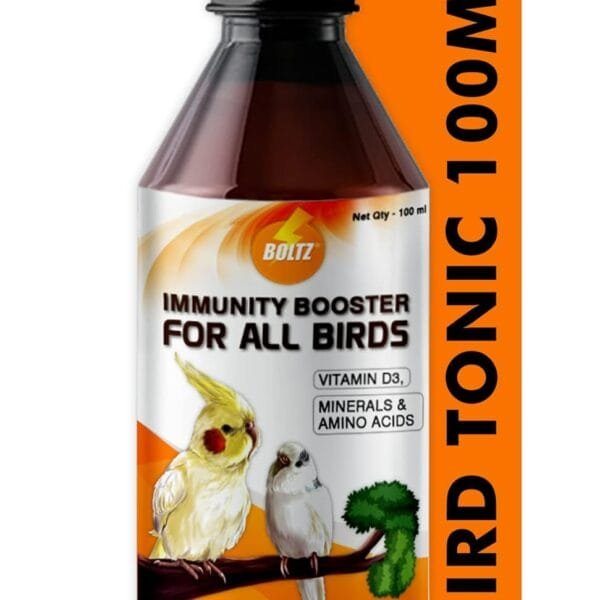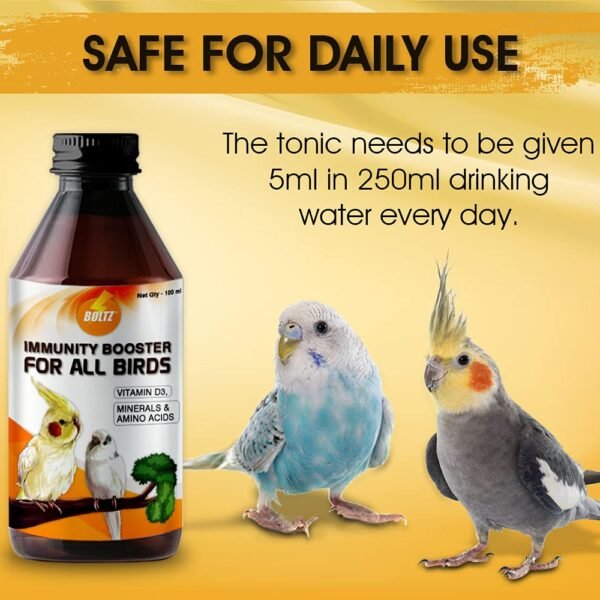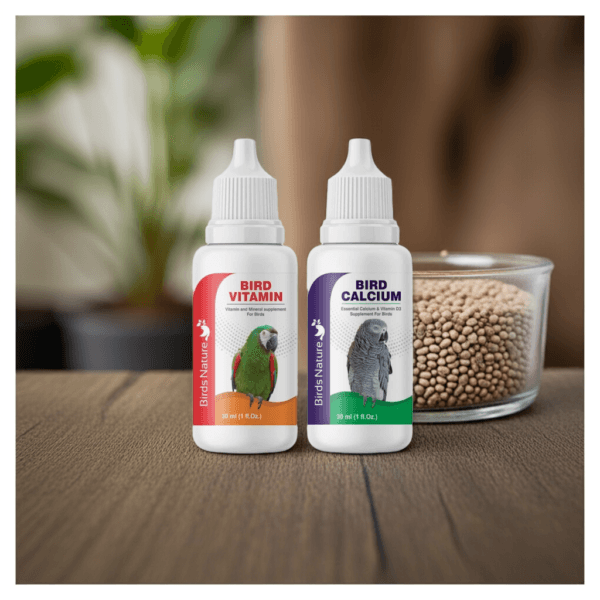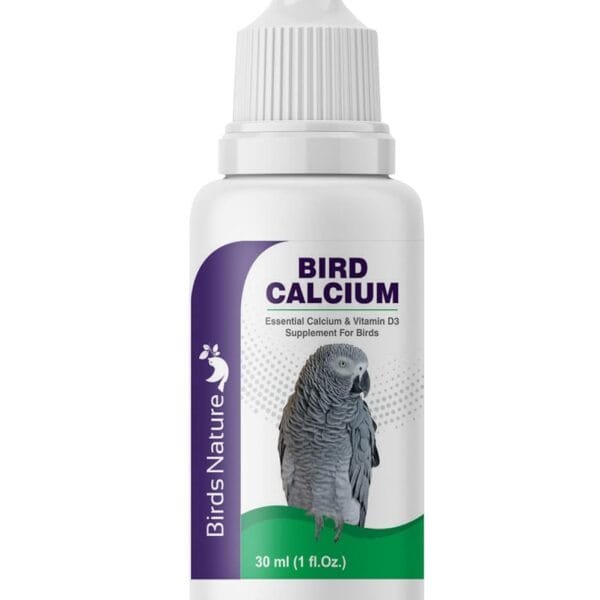Indian Ringneck Parakeet
The Indian Ringneck Parakeet (Psittacula krameri) is a strikingly beautiful and intelligent medium-sized parrot native to South Asia, renowned for its exceptional talking ability and vibrant color mutations (including blue, yellow, and albino varieties). These slender, long-tailed birds (reaching 16 inches in length) are characterized by the male’s distinctive black and rose-colored neck ring that develops after 18-24 months. Highly social and active, Ringnecks require daily mental stimulation and 2-3 hours of out-of-cage time to prevent boredom-related behaviors like feather plucking. While they can learn 200+ words with remarkable clarity, their loud contact calls and occasional nippiness during hormonal periods require patient training.
| ESSENTIAL FACTS | |
|---|---|
| Native Habitat | India, Pakistan, Sri Lanka |
| Sex Identification | • Males: Black/rose neck ring (after 18-24 months) • Females: No ring or faint shadow |
| Color Mutations | Blue, yellow, white, grey, violet |
| DIET | |
| Base Diet | • 60% high-quality pellets • 30% chopped vegetables • 10% fruits |
| Favorite Foods | Broccoli, corn, apples, millet spray |
| Toxic Foods | Avocado, chocolate, caffeine |
| HOUSING | |
| Cage Size | Min. 24″W × 36″D × 48″H |
| Must-Have Features | • Horizontal bars for climbing • 3+ perch diameters (0.5″-1.5″) • Locking food doors (they’re clever escape artists) |
| BEHAVIOR | |
| Talking Ability | ⭐️⭐️⭐️⭐️⭐️ (Clear speech, large vocabulary) |
| Noise Level | ⭐️⭐️⭐️ (Loud morning/evening calls) |
| Social Needs | ⭐️⭐️⭐️⭐️ (Daily handling required) |
| HEALTH | |
| Common Issues | • Feather destructive behavior • Obesity (from seed-heavy diets) • Psittacosis |
| Vet Checks | Annual exams + fecal tests |

Showing all 4 results
Showing all 4 results
🦜 Indian Ringneck Parakeet Care Guide
Complete care instructions for your colorful companion
| RINGNECK QUICK FACTS | |
|---|---|
| Scientific Name | Psittacula krameri manillensis |
| Size | 40 cm (16 in) including tail |
| Weight | 115-140g |
| Lifespan | 25-30 years |
| Color Varieties | Green (natural), blue, yellow, white, grey mutations |
🌞 Daily Care
- Diet: 1/4 cup pellets + 1/3 cup fresh veggies + 1 tbsp fruit
- Water: Change twice daily (they love to dunk food)
- Exercise: Minimum 2 hours out-of-cage time
- Training: 15-minute sessions (excellent at tricks)
📅 Weekly Care
- Cage Cleaning: Full disinfection of all surfaces
- Bathing: Offer spray shower 3x/week
- Toy Rotation: Change 50% of toys to prevent boredom
- Weight Check: Healthy range: 115-140g
| RINGNECK DIET PLAN | ||
|---|---|---|
| Food Type | Percentage | Examples |
| Pellets | 60% | Harrison’s, Roudybush |
| Vegetables | 30% | Broccoli, carrots, leafy greens |
| Fruits | 10% | Apple, berries, melon |
| Treats | Occasional | Millet spray, nuts (unsalted) |
🏠 Housing Requirements
- Cage Size: Minimum 24″W × 36″D × 48″H (larger preferred)
- Bar Spacing: 5/8″ to 3/4″
- Perches: Various diameters (0.5-1.5″) for foot health
- Toys: 5+ toys including destructible wood and puzzles
💡 Behavior & Training Tips
- Talking Ability: Excellent mimics (can learn 200+ words)
- Socialization: Require daily interaction to stay tame
- Biting Prevention: Use positive reinforcement training
- Noise Level: Moderate (loud contact calls morning/evening)
❤️ Health Monitoring
- Weekly Checks: Weight, feathers, eyes/nostrils, droppings
- Common Issues:
- Feather plucking (from boredom)
- Psittacosis (watch for nasal discharge)
- Obesity (limit seed intake)
- Vet Visits: Annual checkups recommended










